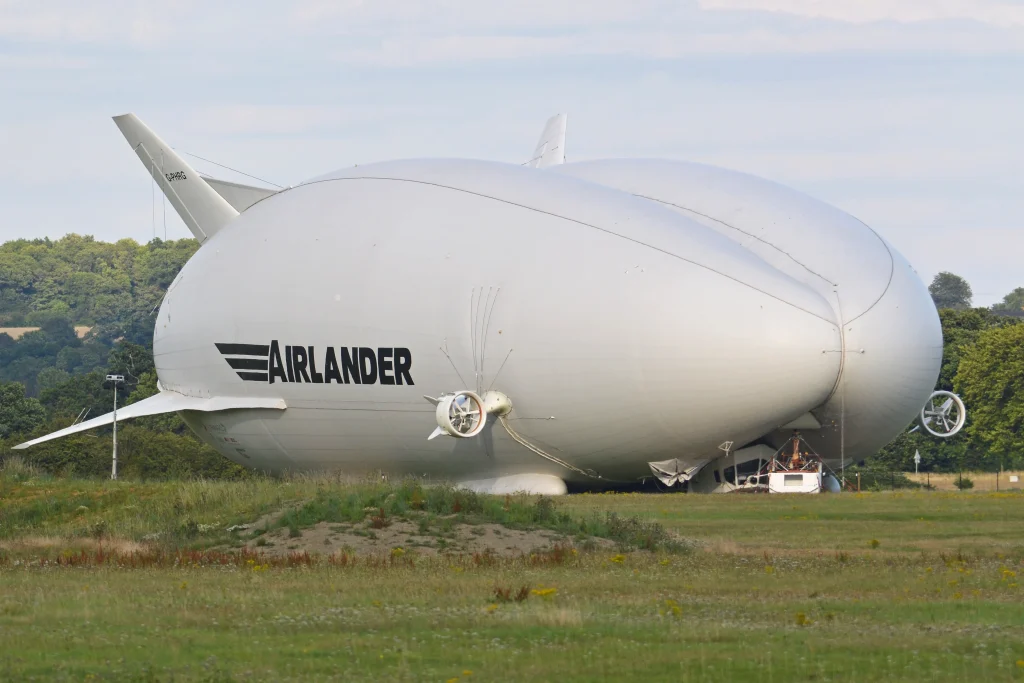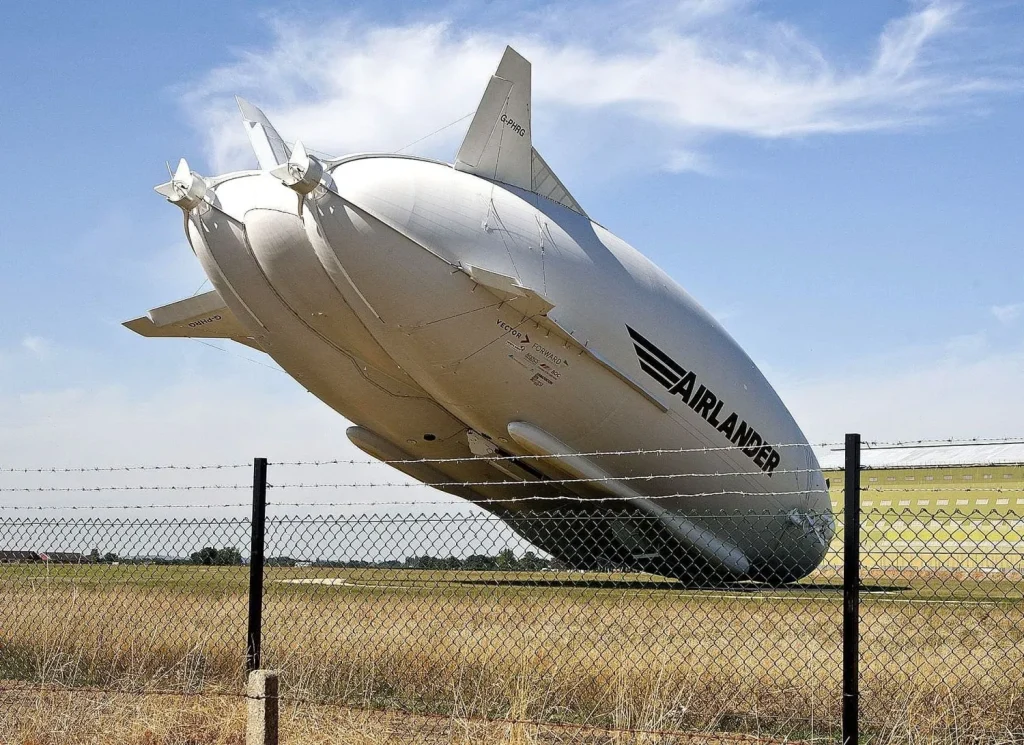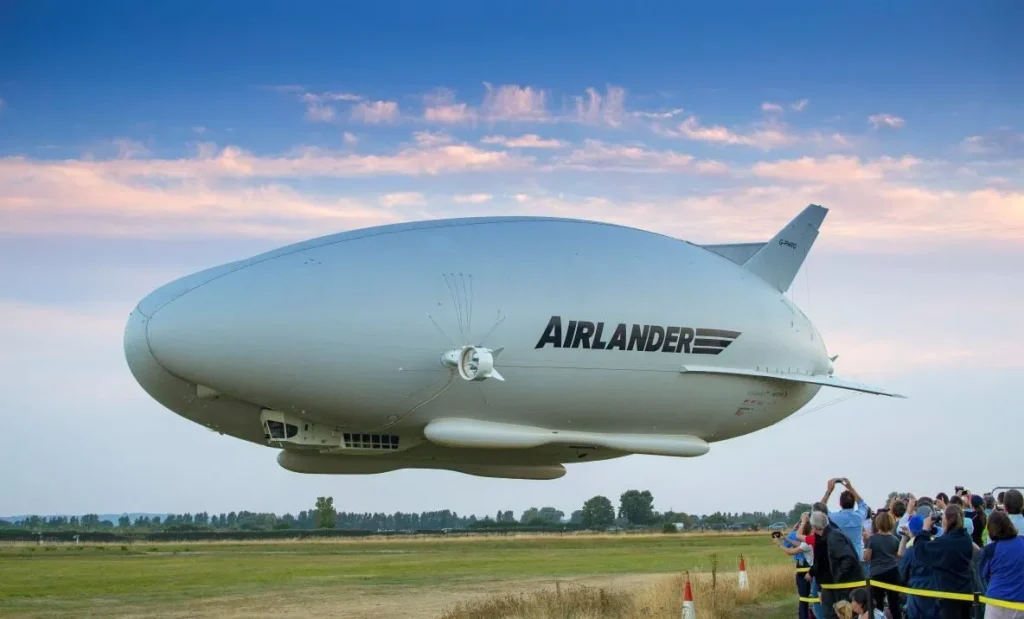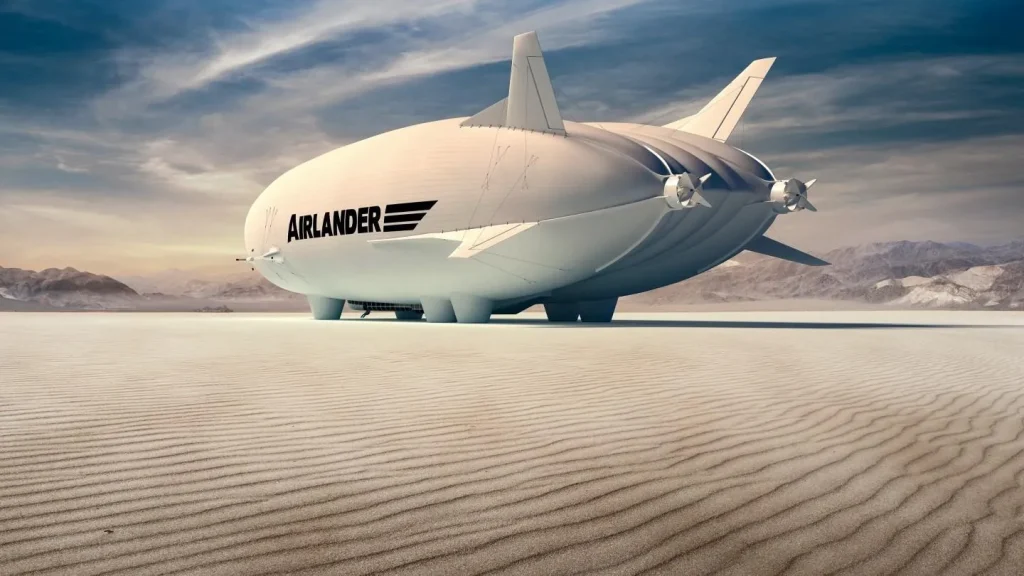Hybrid Air Vehicles (HAV) is bringing a new vision to air travel with the Airlander 10, a hybrid between an airship and an airplane. Designed to carry up to 130 passengers or 10 tonnes of cargo, this unique aircraft offers an efficient and sustainable alternative to conventional planes. If all goes as planned, HAV aims to produce 24 units per year at a new factory in Doncaster by 2030.

Efficient and Eco-Friendly Travel
Unlike traditional aircraft, the Airlander 10 doesn’t require long runways—it only needs a flat space of about 200 meters to take off and land. It also consumes significantly less fuel, reducing emissions by 90% compared to standard airplanes. HAV is working on transitioning to hydrogen fuel cells, which could make the aircraft completely emission-free in the future.

Commercial and Luxury Applications
The Airlander 10 is already attracting interest from multiple sectors. Spanish airline Air Nostrum has placed an order for 20 units to transport passengers between Mediterranean islands. Luxury tour operators plan to use it for scenic flights over the Arctic, while cargo companies see its potential for transporting goods faster than ships but at a lower cost than planes.

Overcoming Challenges in Aviation
HAV has spent £140 million since 2007 developing the Airlander 10, but funding remains a challenge. The company is seeking £300 million in equity investment to scale production. With backing from investors and potential government support, HAV hopes to establish itself as a key player in the future of aviation.

A New Vision for Air Travel
HAV’s ambition extends beyond the Airlander 10. The company is already planning a larger 50-tonne version for freight transport, and eventually, a 200-tonne model that could become the world’s biggest aircraft. With its blend of efficiency, sustainability, and innovation, the Airlander 10 represents a bold step toward the future of aviation.
